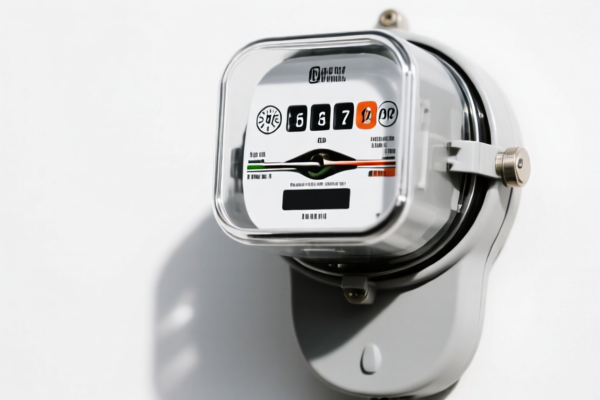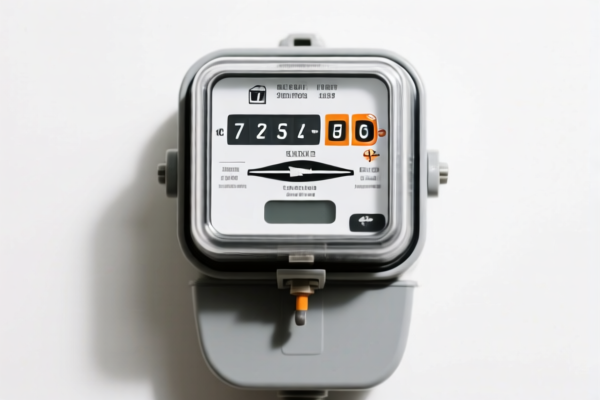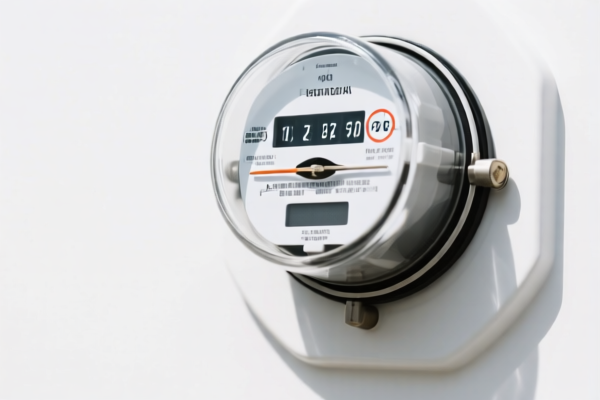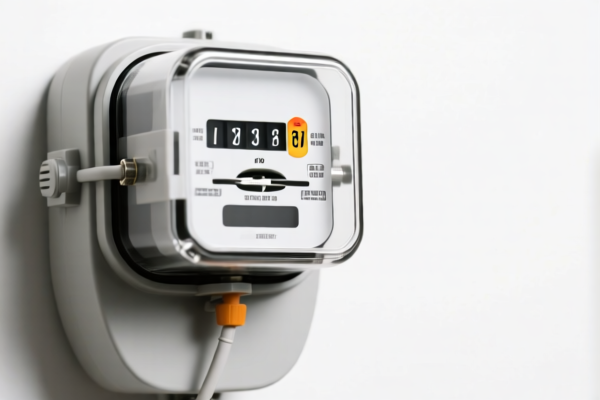| HS Code | Official Doc | Tariff Rate | Origin | Destination | Effective Date |
|---|---|---|---|---|---|
| 9026804000 | Doc | 55.0% | CN | US | 2025-05-12 |
| 9026806000 | Doc | 37.5% | CN | US | 2025-05-12 |
| 9014804000 | Doc | 55.0% | CN | US | 2025-05-12 |
| 9014805000 | Doc | 55.0% | CN | US | 2025-05-12 |
| 9028300000 | Doc | 55.0% | CN | US | 2025-05-12 |
| 9028900040 | Doc | 55.0% | CN | US | 2025-05-12 |
| 9504909080 | Doc | 37.5% | CN | US | 2025-05-12 |
| 8501343000 | Doc | 57.8% | CN | US | 2025-05-12 |
| 8503009520 | Doc | 83.0% | CN | US | 2025-05-12 |
| 8503009520 | Doc | 83.0% | CN | US | 2025-05-12 |
| 8543708000 | Doc | 55.0% | CN | US | 2025-05-12 |
| 8543906800 | Doc | 55.0% | CN | US | 2025-05-12 |




A watt-hour meter (often shortened to wh-meter) is an instrument that measures the amount of electrical energy consumed over a period of time. It is a fundamental component of revenue metering in alternating current (AC) systems.
Material & Construction
Historically, watt-hour meters utilized mechanical components. Modern meters are predominantly electronic, employing solid-state components.
- Mechanical Meters: These meters used a rotating disc driven by the interaction of magnetic fields produced by voltage and current coils. The disc's rotation speed was proportional to the power consumed. Key materials included:
- Aluminum (for disc and coils)
- Steel (for magnetic cores and supporting structures)
- Brass (for contacts and terminals)
- Glass (for the meter cover)
- Electronic Meters: These meters use analog-to-digital converters (ADCs), microcontrollers, and digital displays. Common materials include:
- Silicon (for integrated circuits)
- Plastics (for the meter housing)
- Printed circuit boards (PCBs)
- LCD or LED displays
Purpose
The primary purpose of a watt-hour meter is to accurately measure electrical energy consumption for billing purposes. They allow utility companies to charge consumers based on actual usage. Beyond billing, they provide data for: * Energy monitoring and auditing * Load management * Demand-side management programs * Identifying energy waste
Function
A watt-hour meter calculates energy consumption using the following principle:
Energy (Watt-hours) = Power (Watts) x Time (Hours)
- Voltage Coil: Measures the voltage of the electrical supply.
- Current Coil: Measures the current flowing through the circuit.
- Integration: The meter integrates the instantaneous product of voltage and current over time to determine the total energy consumed.
- Display: The energy consumed is displayed on a mechanical register (older meters) or a digital display (newer meters).
Usage Scenarios
- Residential: Standard metering for homes and apartments.
- Commercial: Metering for businesses, offices, and retail stores.
- Industrial: Metering for factories, manufacturing plants, and large facilities.
- Substations: Metering at distribution points within the power grid.
- Renewable Energy Systems: Net metering to measure both energy consumed from and supplied to the grid.
Common Types
- Electromechanical Meters: Older, traditional meters with rotating discs. Becoming less common.
- Electronic Meters: Digital meters offering higher accuracy, remote reading capabilities, and advanced features.
- Single-Phase Meters: Used for single-phase electrical systems (common in residential applications).
- Three-Phase Meters: Used for three-phase electrical systems (common in commercial and industrial applications).
- Smart Meters: Electronic meters with two-way communication capabilities, enabling remote reading, time-of-use billing, and demand response programs. Often incorporate features like AMI (Advanced Metering Infrastructure).
- Prepayment Meters: Meters that require consumers to prepay for electricity.
- Net Meters: Specifically designed for renewable energy systems to measure energy flow in both directions.
- Interval Meters: Record energy consumption at regular intervals (e.g., every 15 minutes) to provide detailed usage data.
Watt hour meters fall under the category of gas, liquid or electricity supply or production meters, including calibrating meters thereof. Here are the relevant HS codes based on the provided reference material:
- 9028300000: This HS code covers Electricity meters. It falls under Chapter 90 (Instruments and apparatus which measure or check the flow, level, pressure or other variables of liquids or gases), Heading 9028 (Gas, liquid or electricity supply or production meters, including calibrating meters thereof). Specifically, it refers to electricity meters.
- 9028900040: This HS code covers Parts and accessories Of electricity meters. It falls under Chapter 90 (Instruments and apparatus which measure or check the flow, level, pressure or other variables of liquids or gases), Heading 9028 (Gas, liquid or electricity supply or production meters, including calibrating meters thereof). This specifically refers to parts and accessories for electricity meters.
Regarding HS code 9028300000 and 9028900040, the applicable tax rate is a base tariff of 0.0%, an additional tariff of 25.0%, and an additional tariff of 30.0% after April 2, 2025, resulting in a total tariff of 55.0%.
Customer Reviews
No reviews yet.